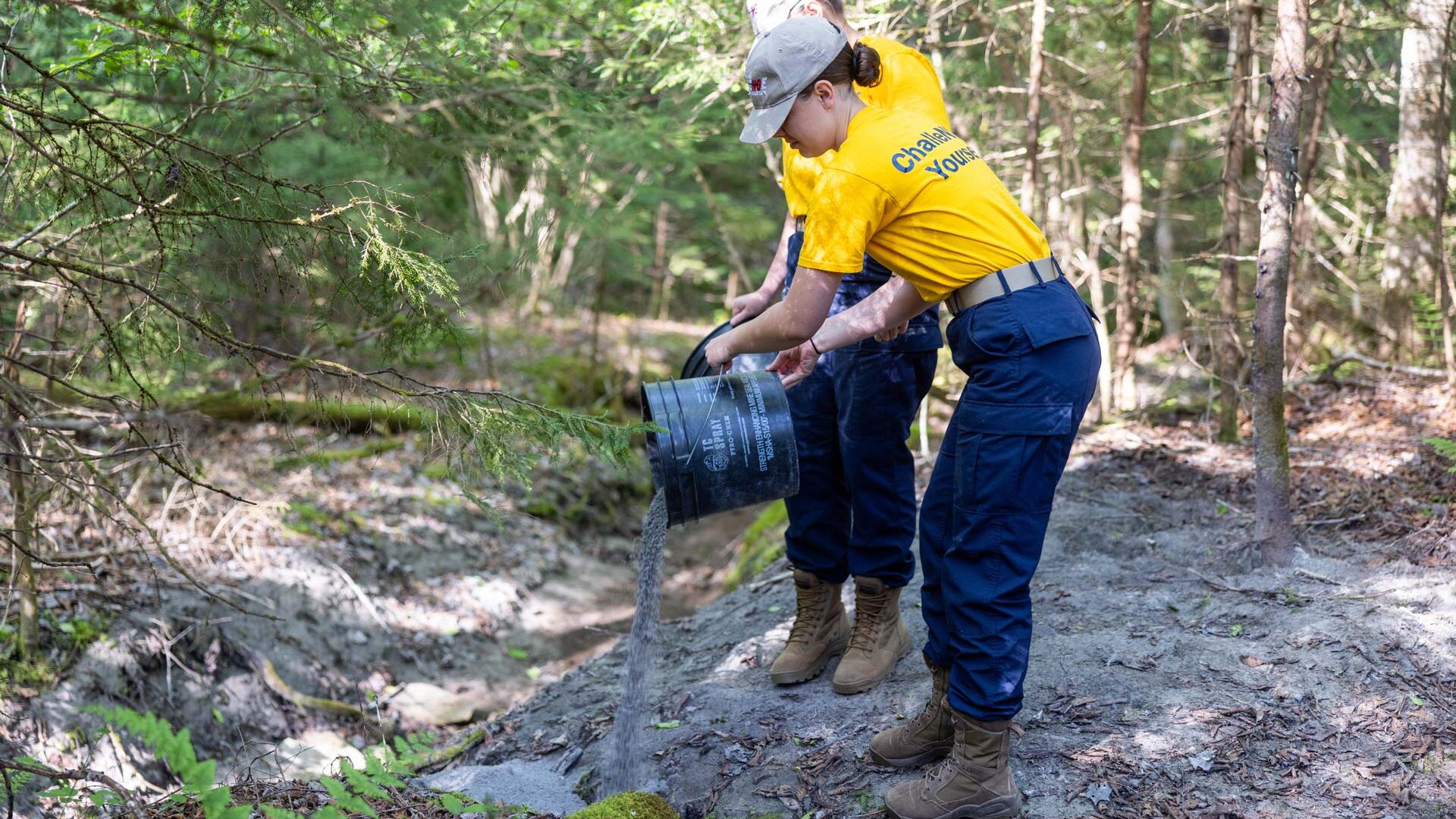The West Virginia Division of Natural Resources has a longstanding relationship with Trout Unlimited Chapters and its State Council in West Virginia. Each year over the last two decades, volunteers have contributed several thousands of dollars to support the WVDNR’s limestone sand acid waters restoration program by distributing trout fingerlings into appropriate waters and gathering water quality and temperature data to discover new waters that may be suitable for trout introduction. The help of these volunteers has provided additional fishing opportunities that WVDNR staff do not have the resources to evaluate.
Building a lasting partnership one bucket at a time
One area where the WVDNR and Trout Unlimited partner is the Middle Fork Williams River. Years ago, John Rebinski, a retired Acid Waters program lead, identified source waters outside and near the Cranberry Wilderness Boundary that could ultimately carry the needed alkalinity to the Middle Fork Williams River. He eventually enlisted the help of members of the Ernie Nester Chapter of Trout Unlimited to aid in carrying 10 tons of limestone sand, one bucket at a time, over 800 feet to a spring seep that flows into the stream. This group has since come to be known as the “Bucket Brigade.”
The Bucket Brigade celebrated 10 years of volunteer work in 2018. While there was a two-year lull in activity due to COVID-19, the group is again providing the necessary treatment to restore the water quality in the Middle Fork Williams River. And thanks to the addition of the Mountaineer Challenge Academy as a partner in 2022, aging volunteer groups like Trout Unlimited can take more of an advisor role and depend on the youth, strength and endurance of young cadets to carry much of the labor effort to make intensive efforts like this successful and hopefully sustainable.
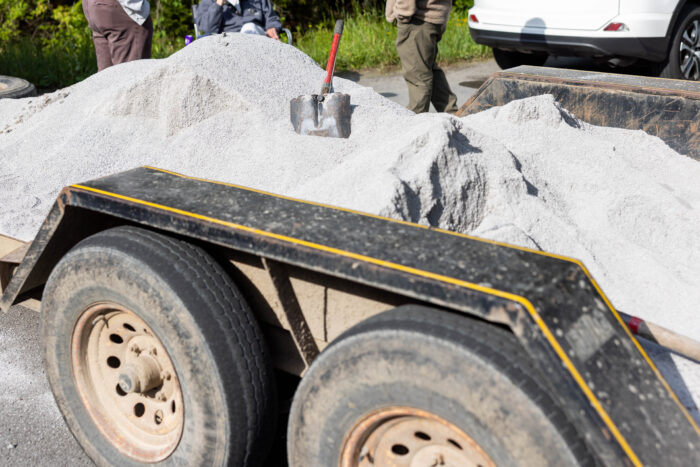
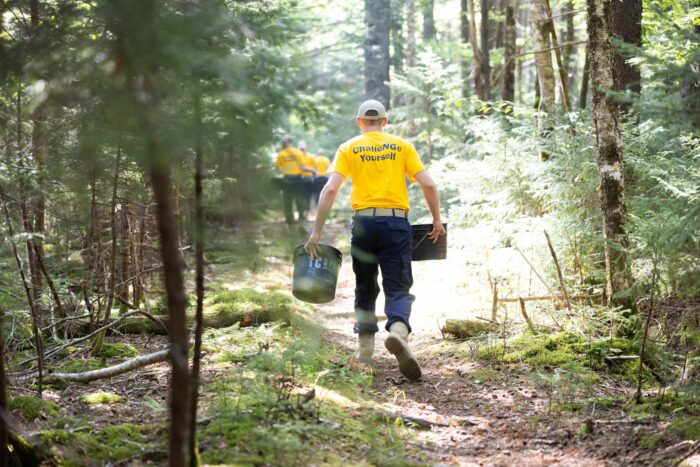
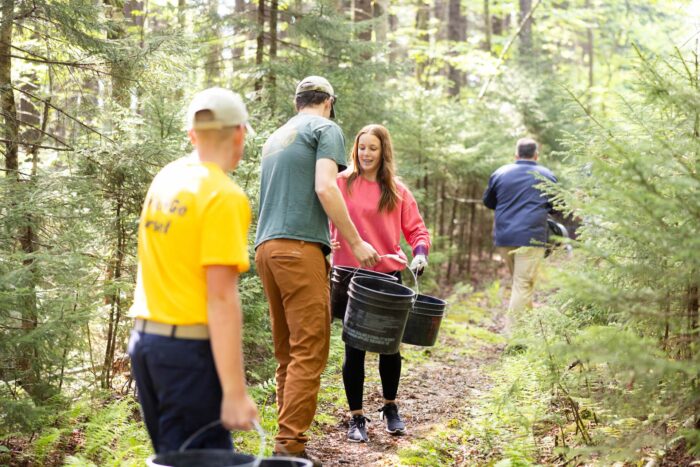
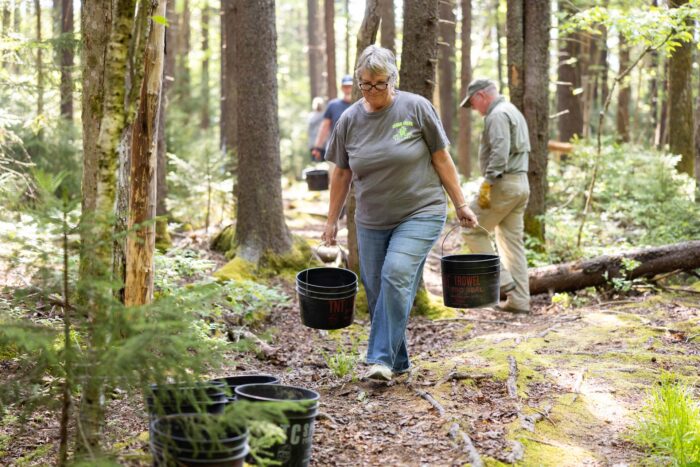
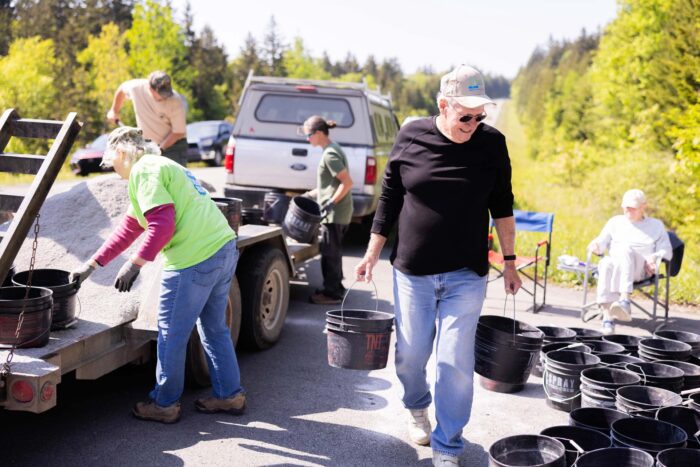
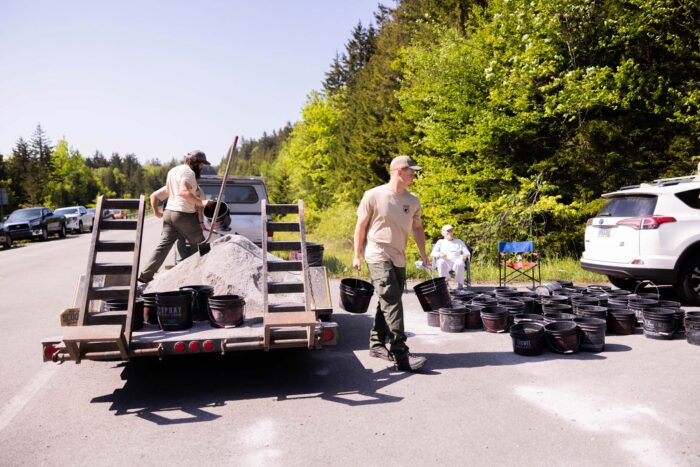
Working together to create thriving fisheries and a better West Virginia
Decades of acid precipitation degraded the water quality across the highland regions of West Virginia due to the poor buffering attributes of the soils and underlying bedrock. The Cranberry River is the most recognized of these areas with the research, construction and operation of the limestone drum stations. Issues with no motor vehicle access into designated Wilderness Areas made it seemingly impossible to restore some of these most impacted areas, even though research in the 1990s showed dumping truckloads of crushed limestone sand into headwater streams was just as effective at neutralizing the acidity as the high cost and high maintenance drum facilities. But by just applying the tons of the material into the smallest of waterways, even into roadside ditches that only carry water during wet periods, has proven to have the necessary benefit to improve water quality.
This modest boost in alkalinity in these watersheds makes survival of Brook Trout eggs and fry much more likely than in the seasonally acidified conditions. Once they grow out of these most vulnerable life stages, native Brook Trout can continue to grow, thrive, and reproduce to provide anglers with the opportunities once thought lost, reviving stories of legendary fisheries in some of the wildest landscapes in West Virginia. Many anglers have regaled in the stories of our forebears of the fantastic fisheries encountered during the earliest exploration and settlement of West Virginia’s mountains. Stories such as those told in P. Pendleton Kennedy’s Blackwater Chronicle and G. D. McNeill’s The Last Forest are able to be relived again by our contemporary exploring anglers.




